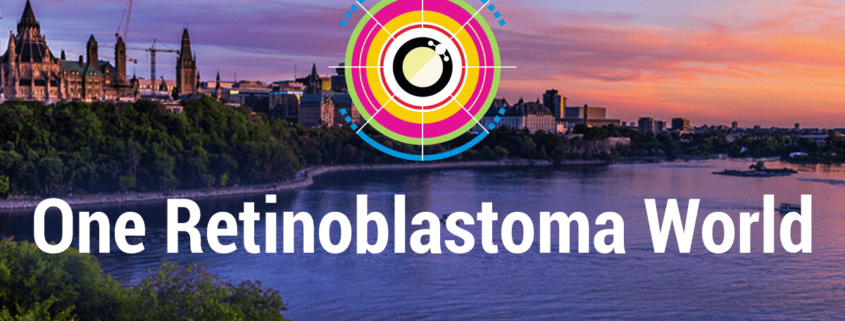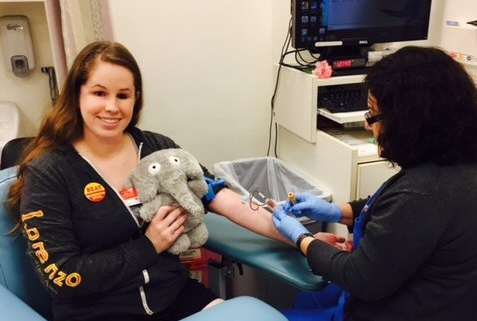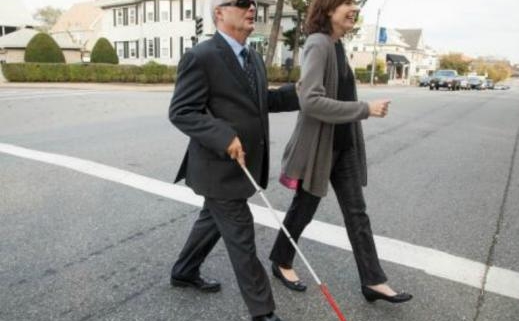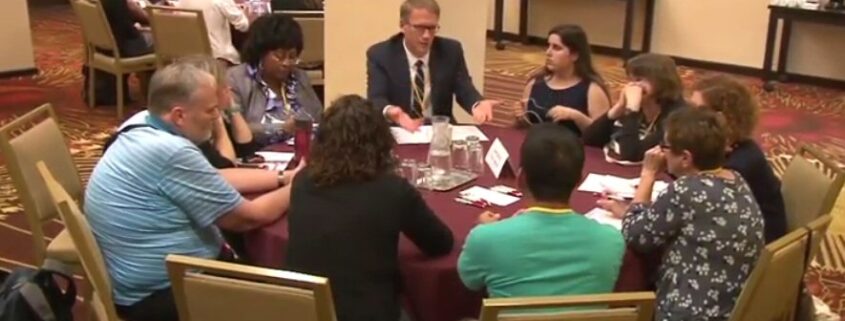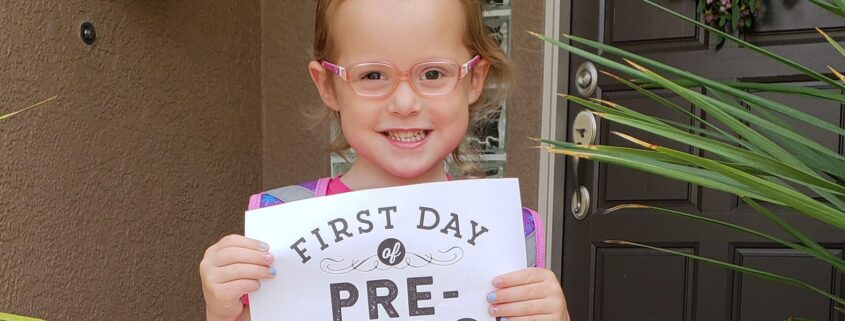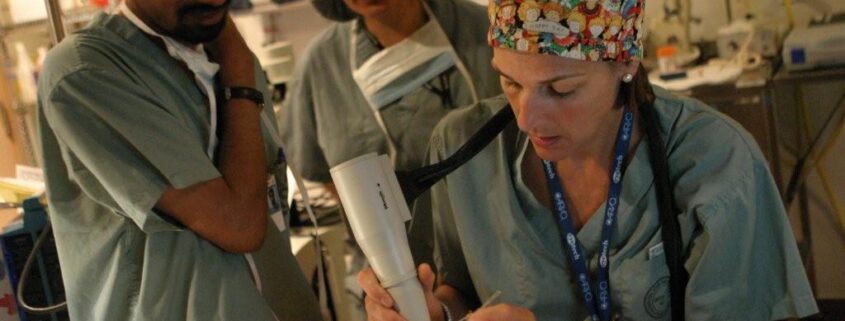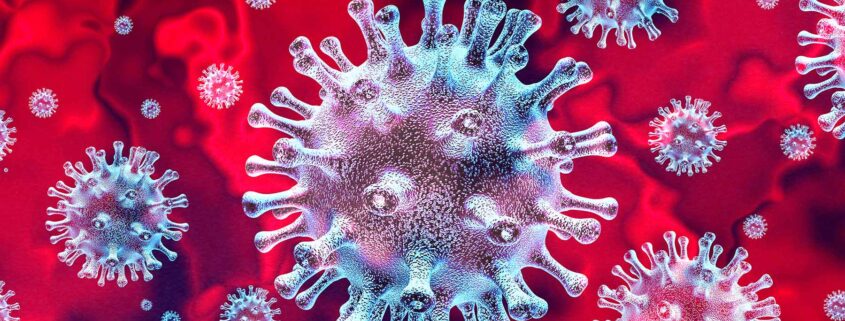Happy Holidays from World Eye Cancer Hope!
2020 has been eventful and challenging for the whole world. Throughout, WE C Hope has continued to serve, unite and advance our global retinoblastoma community. WE C Hope USA President and retinoblastoma survivor, Marissa Gonzalez, reflects on the year’s highlights with thanks, and shares some plans for the coming year.


